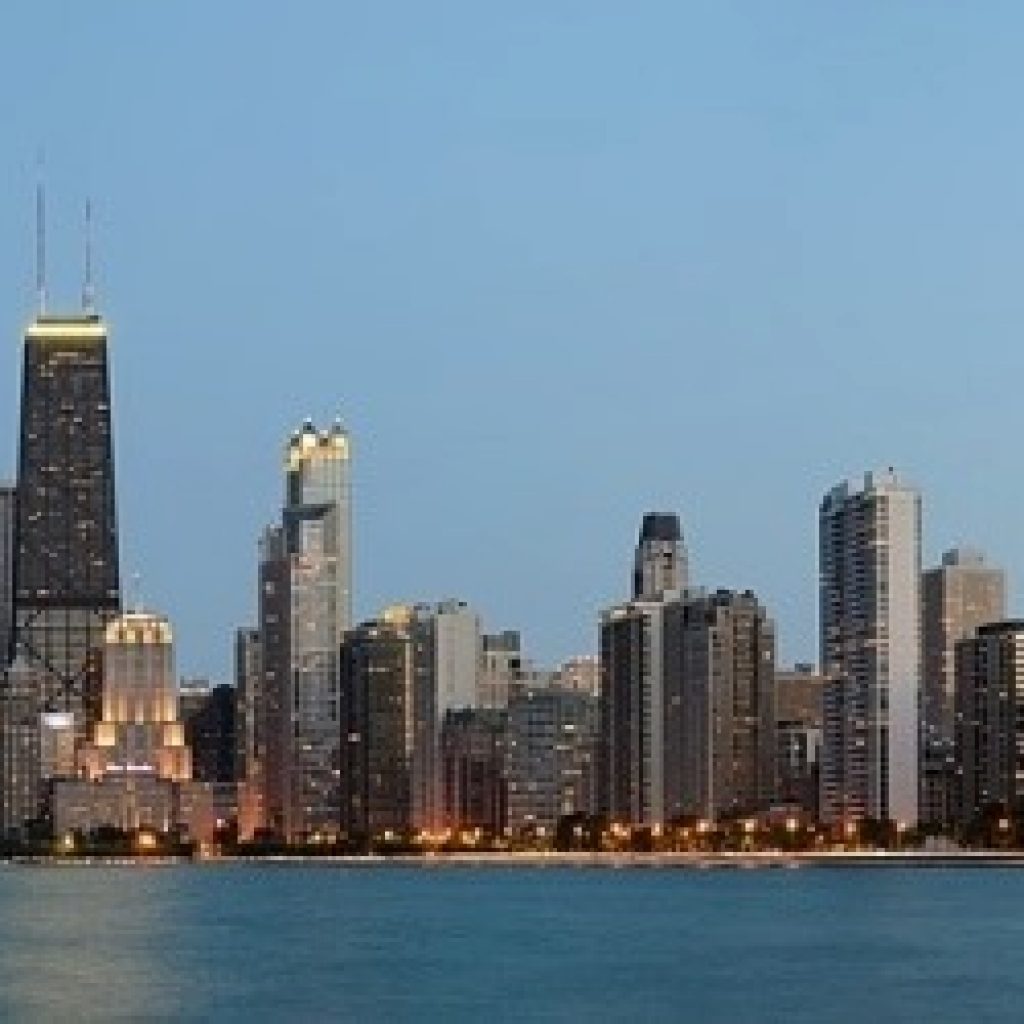(NationalDefenseMagazine) The Department of Energy’s Argonne National Laboratory and the University of Chicago recently announced they had completed successful tests on what they call a “quantum loop,” which serves as a precursor for what may one day be a national quantum internet.
During the quantum loop experiment, Argonne and the University of Chicago — working alongside an industry partner called Qubitekk — built a single photon source of entangled particles that was shot out into an existing fiber network in the Chicago suburbs on separate paths 26 miles in length, said David Awschalom, Argonne’s senior scientist who also serves as the quantum information science group leader at the University of Chicago and director of the Chicago Quantum Exchange.
The quantum loop effort is partially modeled on the Advanced Research Projects Agency Network, or ARPANET — which eventually led to the creation of the internet, Dabbar said.
The Defense Department in 1969 funded the initial four nodes of ARPANET, primarily in California. Over the next two decades, node by node, the internet was created, he said.
“Certainly, we’re looking to start building nodes first around Chicago and then around New York and then elsewhere adding universities, labs and the commercial sector … somewhat similar to that,” he said.
While ARPANET grew in an ad hoc, grassroots manner, leaders of the initiative are being very deliberate about how a future quantum network can be created, Dabbar said.
Argonne National Lab & UChicago Complete Successful ‘Quantum Loop’ Test on Existing Fiber Network in Chicago
